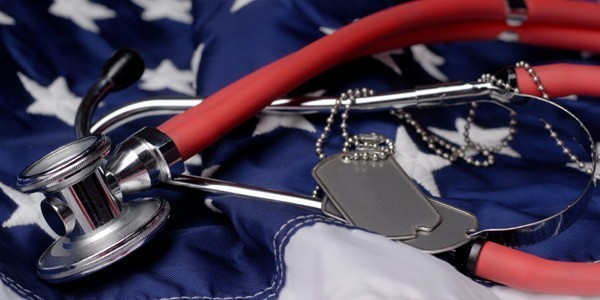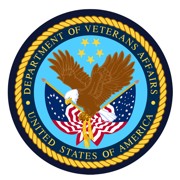Children are most vulnerable when disaster strikes. They cannot adjust on their own when the people, places and routines they depend on for safety and wellbeing are affected by upheaval. They are likely to suffer long-term developmental, physical and psychological setbacks following disaster or other emergencies.
That’s why in addition to ensuring facilities have strong emergency plans, preparedness education for youth is critically important. Too often, disaster preparedness lessons are limited to school fire drills, active shooting lockdowns or simply avoided all together due to the sensitive nature of the topic. However, learning about disasters and how to respond actually helps children gain a sense of understanding and control so they are equipped to respond more quickly and safely in a crisis.
Being prepared for disasters starts at home. Everyone can be part of helping to prepare for emergencies. Young children and teens alike can be a part of the process. As a parent, guardian, or other family member, you have an important role to play when it comes to protecting the children in your life and helping them be prepared in case disaster strikes.
 Long Description
Long DescriptionGet your family prepared for any disaster by developing an emergency plan, building a kit, and understanding preparedness basics.
Step 1
Get your family prepared for any disaster by developing an emergency plan, building a kit, and understanding preparedness basics.
- Build emergency supplies kit. Include a three-day supply of water, nonperishable food, flashlights, blankets and kid-friendly activities. FEMA and Red Cross both provide a list of emergency supplies to help you prepare.
- Create and practice your emergency plan. Include two evacuation routes, a safe room and two different meet-up locations — and make sure kids can run through it calmly.
- Run through the basics. Kids should know how to call 911, identify themselves, identify their location, reach emergency contacts and get to predetermined safe locations.
Step 2
Teach your kids about the different natural disasters and how to react in each one.
- Tornado. If you are in the path of a tornado, go into a tornado safe place. This is typically the lowest level of the building and stay away from windows, doors and outside walls. If you are outside with no car or nearby shelter, lie down in a ditch and protect your head.
- Severe thunderstorm. If you have advanced notice that a severe storm is heading your direction, there are ways to be more prepared. If a storm is sudden, go indoors if you see lightning or hear thunder, and don’t use items that plug into electrical outlets. Avoid using running water, as faucets can conduct electricity.
- Earthquake. Practice the “Drop, Cover and Hold On” method, and learn to recognize safe places in each room at home and at school.
- Hurricane. When you know a hurricane is expected, prepare your home and family for the possibility of impact. During the storm stay away from glass windows and doors and be ready to follow hurricane evacuation instructions from emergency officials if necessary.
- Flooding. Don’t go into flooded areas. “Turn Around, Don’t Drown!” Just six inches of moving water can knock you off your feet and one foot of moving water can sweep your vehicle away.
- Wildfire. If you are under a wildfire warning, get to safety right away. Leave if told to do so. If trapped, call 9-1-1 and use N95 masks to keep particles out of the air you breathe.
- Snowstorms/Extreme Cold. Stay off roads, stay indoors and dress warmly. Prepare for power outages and use generators if possible. Look for signs of hypothermia and frostbite as well as check on neighbors.
Step 3
 Long Description
Long DescriptionTeach your kids about the different natural disasters and how to react in each one.
Update your kit and plan to the “new normal.”
Parents or guardians may be overwhelmed addressing the needs of their whole family with the upcoming school year. Childcare centers, camps and schools may be closed. The best thing families can do for protection is to prepare ahead of time to meet the children’s unique needs at times of disaster.
You may also need to adjust your actions and emergency plan based on the latest guidance from the CDC and your local officials. Keep in mind the safety of others as well as your own. Make sure to put extra gloves, face masks and hand sanitizer in your kit. Check with the shelter you go to as it may require the use of face masks while you shelter there during the storm.
Please visit these resources for more information on youth preparedness:
Preparedness for Kids at Home & School
Children and Youth Preparedness Toolkit
Disaster Safety for Expecting and New Parents
Common Disaster Across the U.S.
Sesame Street Emergency Preparation Videos
More than ever before, we need to teach our children about emergency preparedness. Disasters and emergencies can occur when you least expect it, and everyone needs to know their role to stay resilient. It is our responsibility to plan ahead and teach the next generation a brighter future.
Kristin Daniel and Carl Franklin are emergency management specialists for the Office of Emergency Management & Resilience.


